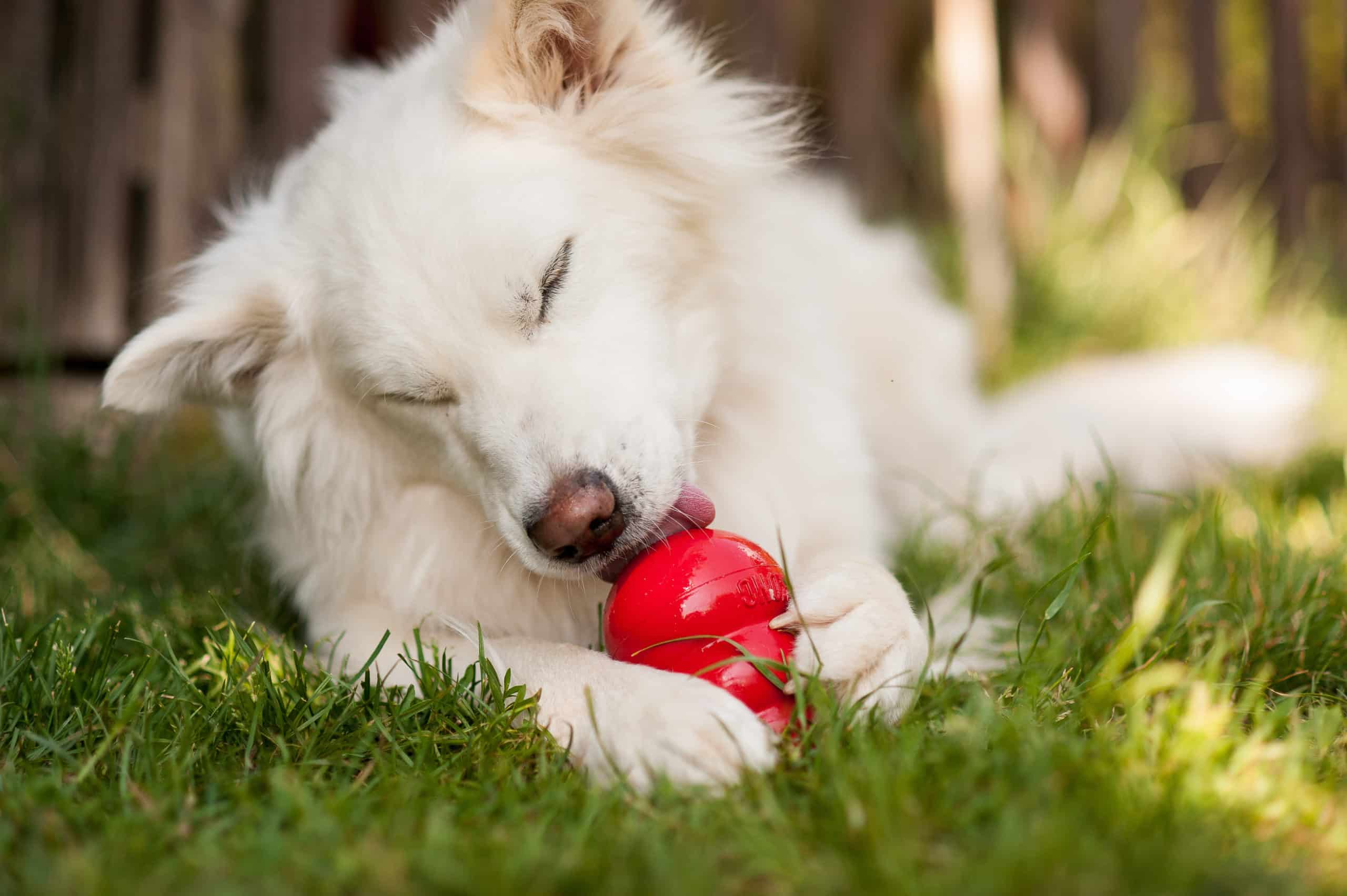Dogs love to chew bones. It’s great exercise for their jaw and they benefit from the nutrients found in the bone marrow, plus it keeps their teeth clean. But did you know some bones pose a danger to our beloved pooches? In particular, cooked bones are dangerous for dogs. Before you treat your dog to a bone, find out why cooked bones are a hazard, learn which bones are safe and which ones to stay away from.
Why can’t dogs eat cooked bones?
Cooked bones, including left over bone scraps from your plate, no matter if they are baked, boiled, steamed, fried or smoked are dangerous to our pooches for a number of reasons. As bones are cooked the collegean and nutrients are leached from the bone, leaving a bone that was somewhat soft and flexible now brittle. Should a cooked bone be chewed on by an eager pooch, it is easy for it splinter into jagged pieces. These jagged splinters can then become not only a chocking hazard but can also cause serious internal damage if swallowed, including:
- Broken teeth
- Mouth injuries, such as bone splinters piercing their tongue and gums
- Obstructions caused by the pieces of the bone becoming stuck the oesophagus, trachea or intestines
- Bone fragments can cause constipation
- Internal bleeding if fragments pierce internal organs
- Peritonitis – a bacterial infection in the abdomen that can occur when bone fragments pierce the stomach or intestines
- Pancreatitis from the high fat content

What do I do if my dog eats a cooked bone?
Don’t panic if your pooch has got their paws on a cooked bone. First, check to see if they are displaying any of these signs:
- Gagging or coughing
- Vomiting
- Lethargy
- Straining to defecate
- Excessive thirst
- Licking their lips
- Pacing anxiously
- Cannot sit comfortably
If your pooch is displaying any of these signs it may indicate an injury from the cooked bone. The likelihood of injury also depends on the size and shape of the bone ingested. If you pet ingests a cooked bone it is recommend to seek veterinary treatment immediately.
It is important to pay close attention to your dog over the next few days to ensure the bone passes. If the bone doesn’t pass and your pooch seems to be having difficulty defecating or there’s blood in their stool, or their stomach seems to be swelling, or vomiting, or seems anxious, visit your vet immediately.

What bones can I feed my dog?
If you do choose to give your dog bones, always stick to raw bones. Raw bones act as a kind of toothbrush removing tartar and plaque, keeping their teeth clean. They are also great at a being a boredom buster by providing mental and physical stimulation. Although they are safer than cooked bones, please be aware of their risk factors.
However, there are certain raw bones you should avoid feeding your dog. These include:
- Any bones covered in large amounts of fat
- Pork bones as they easily splinter and crack
- Rib bones as being small in size are more easily able to crack and cause an obstruction
- Bones smaller than your pup’s mouth as they can be a choking hazard – particularly turkey and chicken drumsticks which can easily be lodged in their airways and cause death

Before giving your dog a raw bone it’s always best to check with your vet that feeding your dog bones is suitable. Some breeds of dogs are unable or have difficulty chewing bones. This is mainly in brachycephalic breeds like Boxers, Bulldogs, Pugs and Shih Tzus, who have a different jaw structure as well as softer teeth making them unable to eat raw bones. Dogs with misshapen jaws, dental disease, and even some older dogs can also have difficulty chewing.
There are still risks with raw bones, such as potentially carrying bacteria, can spoil in a few days, and also be a possible chocking hazard. But by following these tips you’ll reduce the risks to your pooch:
- ALWAYS supervise bone feeding
- Do not give cooked bones
- Always thaw frozen bones before giving them to your pooch as they are more likely to crack their teeth on frozen bones
- Store and handle raw bones safely to reduce risk of bacterial contamination
- Ensure it is large enough that your dog cannot fit the whole bone in their mouth
- Like with all treats don’t give bones when your pooch is starving as they may chew too hard and injure their mouths or try swallowing it
- Always give fresh bones and don’t leave bones out for long periods of time, particularly on hot days where the bone can rot
- Don’t allow your dog to bury the bone as they grow bacteria that can cause infections should it be dug up and chewed on
- At the most only give one to two bones a week as too many raw bones can lead to constipation
- Avoid giving bones to dogs who’ve had dental work or is prone to stomach problems/pancreatitis
There are other safe alternatives to raw bones you can give your dog, like dental treats and chew toys. Before giving bones, we recommend you chat to your vet.

If your pet has swallowed a cooked bone, or is ill or injured, visit your closest Animal Emergency Service hospital. or your local vet immediately.
